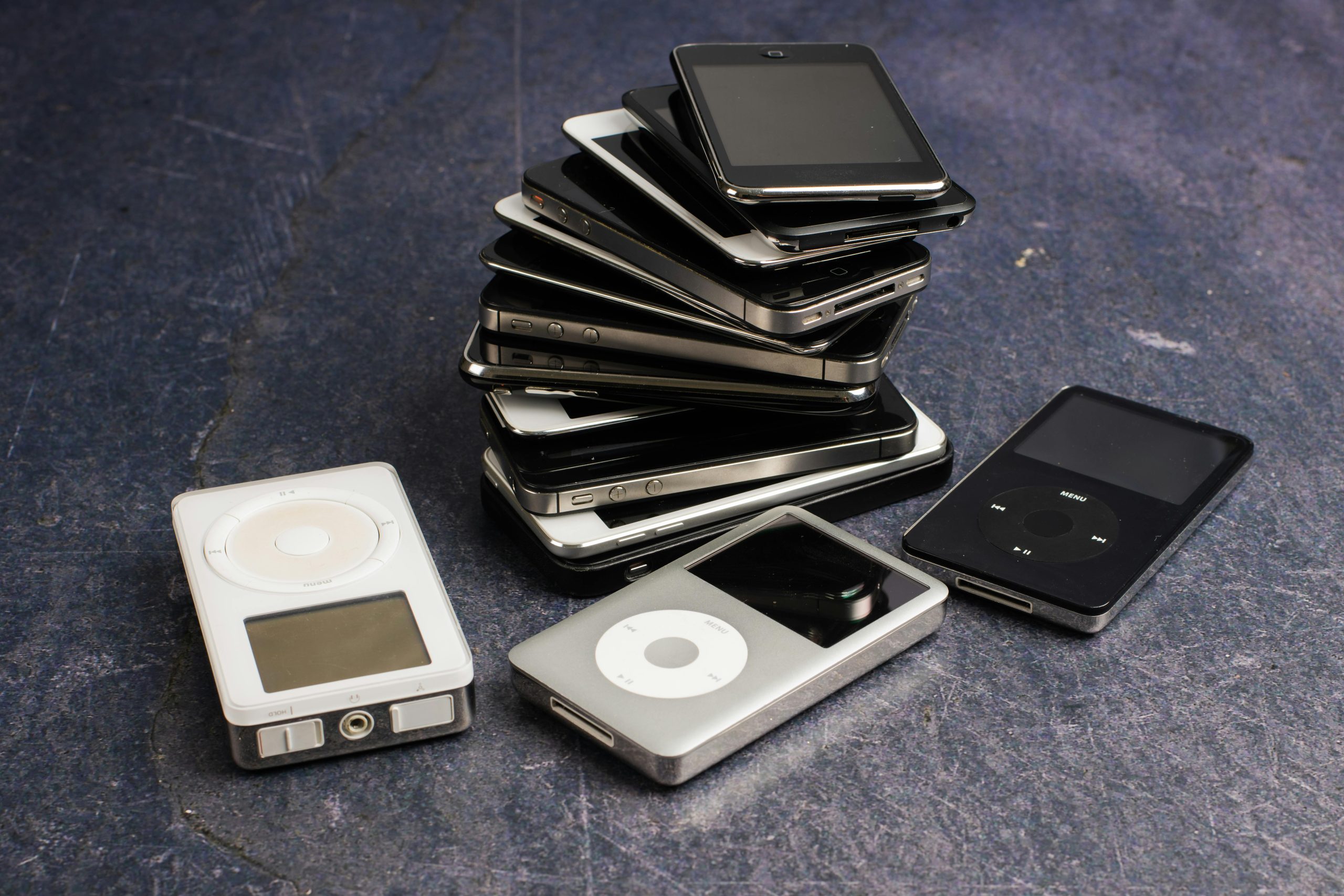Exploring Software Popular Among Teens in the Early 2000s
The early 2000s marked a vibrant era for personal computing, especially among teenagers who eagerly explored the digital landscape. Unlike today’s cloud-based applications, many of the software tools popular during that time were designed for offline use, reflecting the technological landscape’s characteristics of the era. This period saw the rise of numerous programs that have left lasting impressions on digital culture.
Popular Software Used by Teens in the Early 2000s
- Instant Messaging and Communication Tools
- AIM (AOL Instant Messenger): Perhaps the most iconic messaging service of its time, AIM allowed teens to chat instantly with friends, customize their buddy lists, and share files.
-
MSN Messenger (later Windows Live Messenger): Another widely used chat client, MSN Messenger fostered real-time conversations and was a staple of online social interaction.
-
Web Browsers
- Internet Explorer: The default browser for many Windows PCs, it was central to online activities of the era.
-
Netscape Navigator: Although its popularity waned by the early 2000s, it remained part of many teens’ initial browsing experiences.
-
Media and Creativity Programs
- Windows Media Player: Used for listening to music and watching videos offline.
- Winamp: A favorite for customizing and managing music playlists, Winamp was a cornerstone for music enthusiasts.
-
Adobe Photoshop: Many teens experimented with digital photos and graphics, making Photoshop a staple for creative projects.
-
Gaming and Entertainment
- Counter-Strike, The Sims, and Warcraft III: Popular offline games that fostered social gaming experiences.
-
Napster (and similar peer-to-peer sharing software): Though controversial, Napster revolutionized how teens accessed music offline.
-
Educational and Utility Software
- Microsoft Office (Word, Excel, PowerPoint): Essential for school assignments and presentations.
- Encarta Encyclopedia: Digital encyclopedias provided offline research options before widespread broadband connectivity.
Reflection on Offline Software’s Role in Early 2000s Teen Culture
During this era, the reliance on offline software meant that many digital interactions were contained within the confines of individual devices or local networks. This fostered a different kind of engagement—more personal and often more creative
Share this content:



